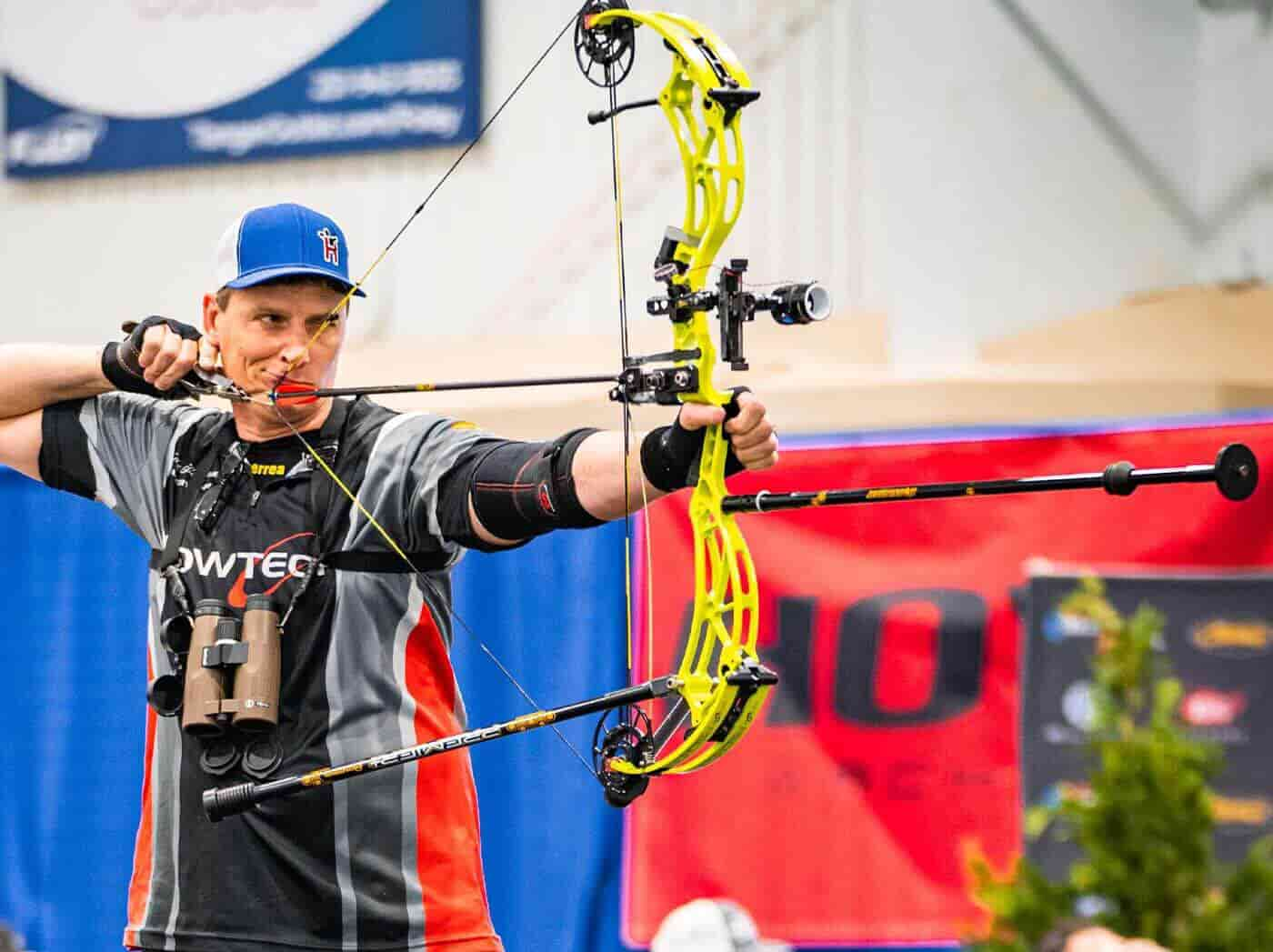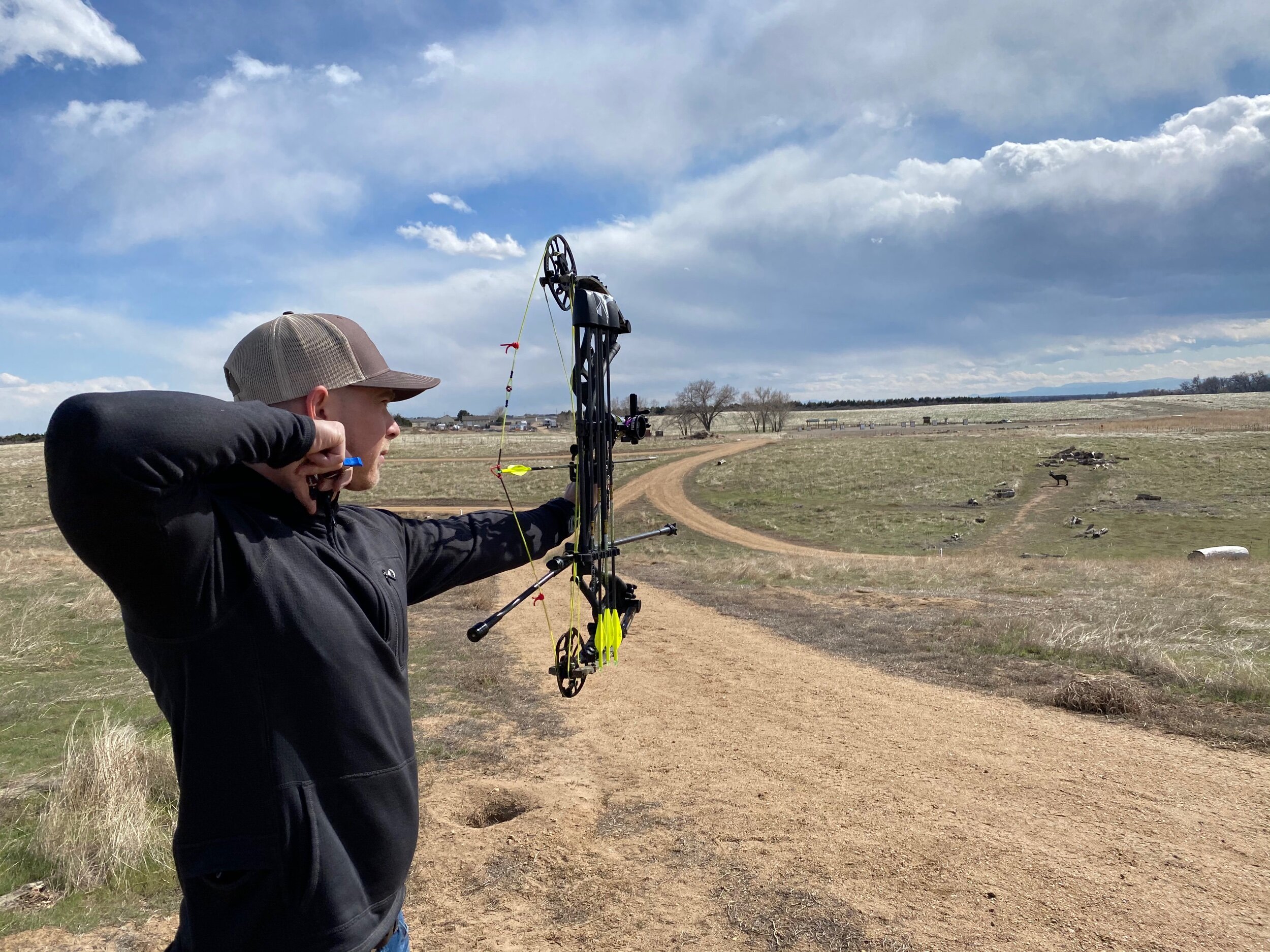Maximize Your Archery Precision With These Bow Stabilizer Strategies
One crucial component that can considerably impact your efficiency is the appropriate usage of bow stabilizers. Whether you are a skilled archer looking to fine-tune your skills or a novice excited to enhance your accuracy, mastering these bow stabilizer methods could be the trick to hitting your mark with unparalleled consistency.
Advantages of Utilizing Bow Stabilizers
Using bow stabilizers can dramatically improve an archer's precision and overall efficiency by reducing bow torque and resonance. In addition, bow stabilizers wet vibration, which not just boosts the convenience of capturing yet likewise protects against the bow from jumping upon launch, thus helping in keeping correct goal.
Moreover, bow stabilizers can help in holding the bow stable, especially throughout windy conditions or when firing from longer distances. The included weight at the front of the bow offers stability and balance, enabling the archer to concentrate on intending without the interruption of bow activity. In general, the advantages of making use of bow stabilizers expand beyond simply accuracy, improving the archer's experience and efficiency in various shooting situations.
Picking the Right Bow Stabilizer
Selecting the proper bow stabilizer is important for maximizing your archery equipment and enhancing shooting performance. When choosing a bow stabilizer, there are a number of variables to consider to ensure you find the ideal suitable for your demands. First of all, think about the weight of the stabilizer. Larger stabilizers can help in reducing bow torque and absorb even more vibration, leading to a steadier purpose. Lighter stabilizers provide more ability to move, which can be advantageous in certain shooting circumstances.

Lastly, take into consideration the style of the stabilizer. Some stabilizers include adjustable weights or dampeners that enable you to customize the balance and feeling of your bow. Eventually, picking the ideal bow stabilizer involves locating an equilibrium in between weight, layout, product, and length to enhance your capturing precision and total efficiency.
Correct Installation Methods
To make sure optimum performance and safety and security in archery, grasping correct setup strategies for your bow stabilizer is essential. The first step in mounting a bow stabilizer is to identify the right placement on your bow.
Following, securely attach the stabilizer to the bow utilizing the proper mounting hardware. It is critical to tighten the stabilizer snugly to prevent any tottering throughout shots. Some stabilizers feature flexible weights that can be included or eliminated to tweak the balance of your bow. Experiment with various weight arrangements to discover the optimum equilibrium that fits your shooting design.

Changing Stabilizer Weight and Size
After making certain the proper setup of your bow stabilizer, the visit this site following step entails readjusting the weight and size to optimize its performance in boosting archery precision. The weight of the stabilizer plays an important function in decreasing bow movement during the shot cycle.
When it pertains to stabilizer size, locating the appropriate equilibrium is key. A longer stabilizer can give greater stability by increasing the distance between the bow and the weight at the end of the stabilizer. This added distance improves the supporting impact, particularly in windy problems or when firing at longer ranges. Alternatively, a much shorter stabilizer supplies extra ability to move and might be favored by archers that value dexterity and quick movements during shooting.
Advanced Stabilizer Tuning Tips
Attaining ideal bow security and precision in archery requires a nuanced strategy to sophisticated stabilizer tuning. Advanced stabilizer tuning entails fine-tuning different parts to improve the bow's equilibrium, reduce resonance, and this post boost general accuracy.
One more crucial element of sophisticated stabilizer adjusting is maximizing the damping homes of the stabilizer system. Checking out different materials for the stabilizer construction, such as carbon fiber or aluminum, can also affect the bow's efficiency by changing its weight distribution and stiffness.
Conclusion
In final thought, taking full advantage of archery accuracy can be accomplished with the proper option, setup, and change of bow stabilizers. Generally, incorporating bow stabilizers right into archery practice can lead to enhanced performance and raised accuracy.
Making use of bow stabilizers can substantially boost an archer's accuracy and total performance by lessening bow torque and vibration. Longer stabilizers give better security and balance, particularly for long-distance capturing, while shorter stabilizers use more convenience and are simpler to steer in tight spaces (bow stabilizer). Carbon fiber stabilizers are light-weight and sturdy, while light weight aluminum stabilizers are robust and offer Discover More exceptional resonance dampening
A longer stabilizer can offer higher security by increasing the distance in between the bow and the weight at the end of the stabilizer.An additional essential element of sophisticated stabilizer adjusting is maximizing the damping buildings of the stabilizer system.